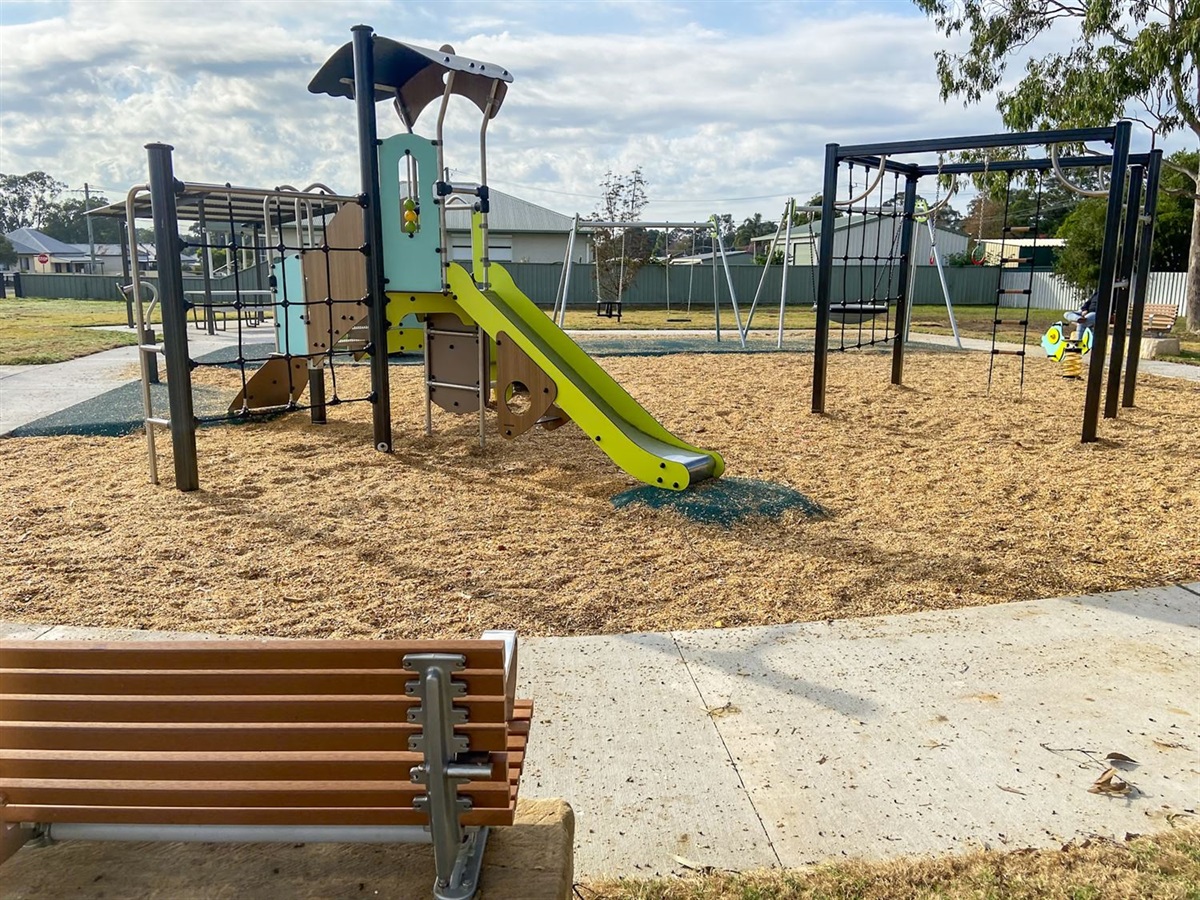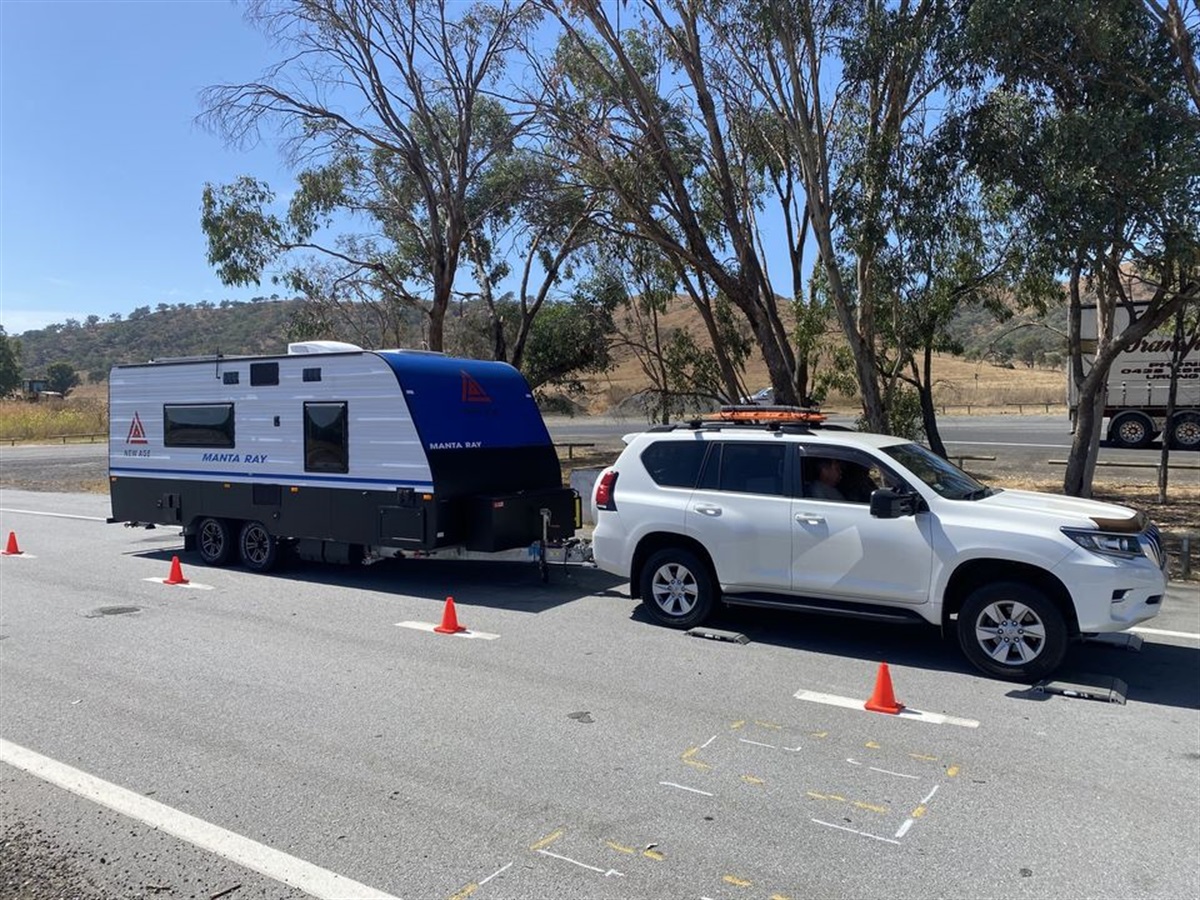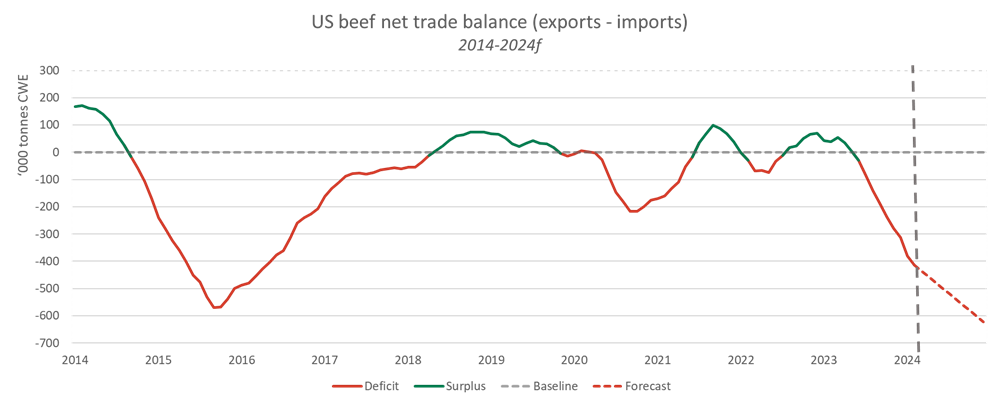Results at a glance:
■ Victorian farmer confidence tumbles to 12-month low
■ But divide emerges – as farmers in the north battle dry conditions and recent rains buoy spirits in the south
■ Long-term confidence remains unscathed with 85% of farmers maintaining or increasing on-farm investment
Sentiment in Victoria’s ag sector has fallen to a 12-month low as seasonal concerns take their toll on farmers in the north of the state, the latest Rabobank Rural Confidence Survey has found.
Emerging as a ‘state of two halves’, sentiment took a tumble in the northern regions and parts of Gippsland – where drought concerns are heightened – while confidence in the south-west was comparatively strong and is expected to be buoyed further by good rain in recent weeks.
Despite the drop-off in overall rural confidence, the strength of the state’s farming sector remained virtually unscathed, with the majority of farmers, at 92 per cent, rating their farms as viable. And this flowed into ongoing investment in the sector, with 85 per cent intending to maintain or increase their investment.The latest Rabobank Rural Confidence Survey, released today, found a smaller percentage of farmers, at 20 per cent, expect agricultural economic conditions to improve in the year ahead, down from 37 per cent with that view in the September quarter. Those expecting little change to current conditions stood at 36 per cent, similar to last quarter’s reading of 39 per cent.The proportion expecting conditions to worsen, though, more than doubled this quarter to 35 per cent, from 16 per cent previously.The drought plaguing much of the eastern seaboard crept further into Victoria during spring, to emerge as the key driver of negative sentiment with 91 per cent of those farmers expecting business conditions to worsen blaming the season (up from 72 per cent last survey).Rabobank regional manager for Southern Victoria & Tasmania Hamish McAlpin said dry conditions had intensified “north of the divide”, with some parts of the northern Mallee facing their second failed crop in a row while crops in other northern regions had been cut for hay.”Heading into spring the state was on track for an above-average harvest volume,” he said, “but the poor finish has greatly diminished prospects in the Mallee, north central and Goulburn regions.”In the Wimmera, Mr McAlpin said rainfall in the growing season had been relatively low, but many had been able to preserve moisture and this year’s crop was shaping up to deliver one of the best financial results for growers in the region.”Meanwhile those in the Western District cropping regions benefited greatly from late-spring rain of between 15 to 35 millimetres,” he said. “Prior to that critical spring rainfall event, growers had received enough to keep crops going, but there were fears yield potential might suffer.”The early November rain alleviated a lot of those concerns, however, and, with the frost window now behind us, yields in the southern regions are expected to come in above average.”While confidence in the grains sector fell back this quarter – with slightly more grain growers (26 per cent) expecting conditions to worsen rather than improve (22 per cent) – it was the dairy sector which took the greatest hit to confidence.”It is also a story of two halves in the dairy sector, with those in the southern dairy regions in a better position to capitalise on higher milk prices given their on-farm hay and silage reserves, while in the north, the big challenge is elevated water and fodder prices,” Mr McAlpin said”The situation has seen many sell their water allocation for the year, or the bulk of it, at prices up to $800 per megalitre and then use those funds to buy-in fodder.”Mr McAlpin said with many looking at the prospect of feeding through a hot, dry summer, this was weighing heavily on sentiment in the state’s dairy sector.This was evident in the survey results, with just 15 per cent of the state’s dairy farmers expecting conditions to improve, while 48 per cent were expecting conditions to worsen over the coming year due to drought (at 88 per cent) and rising input costs (22 per cent).In the livestock sector, Mr McAlpin said, protein prices remained buoyant with the drop-off in beef and sheep producer sentiment all driven by seasonal concerns.While the survey revealed heightened seasonal concerns, Mr McAlpin said the story for Victorian farmers was still a positive one.
And it is a view endorsed by the survey data, he said, which reveals that even though confidence has fallen across commodity sectors, income projections remain strong – particularly in dairy and grains.
“The survey found 41 per cent of the state’s dairy farmers expect an improvement in gross farm incomes in 2020, while 37 per cent of grain growers also hold that view compared with this year,” he said.And this is flowing into investment, he said, with more than two-thirds of Victorian farmers intending to maintain investment at current levels (69 per cent) and 16 per cent intending to increase farm investment.Of those looking to increase investment, the survey found around half were intending to inject funds into on-farm infrastructure and increasing their livestock numbers.”We are seeing some investment going into new dairies in Gippsland as well as infrastructure development in the grazing regions of western Victoria,” Mr McAlpin said
A comprehensive monitor of outlook and sentiment in Australian rural industries, the Rabobank Rural Confidence Survey questions an average of 1000 primary producers across a wide range of commodities and geographical areas throughout Australia on a quarterly basis.








